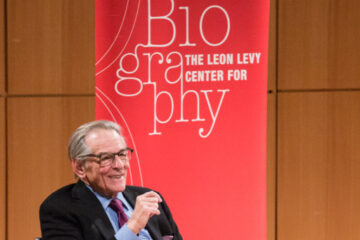June 20, 2019 – By its nature, dance poses unique challenges for scholars. There’s no universal notation system, and the various ways we have to document it are incomplete and unreliable. Dances are taught from one practitioner to the next. Choreographers speak of making a dance “on” a ballerina; the form is ephemeral, embodied in the dancers themselves. “Memory is central to the art,” Jennifer Homans writes in her history of ballet, Apollo’s Angels, “and dancers are trained, as the ballerina Natalia Makarova once put it, to ‘eat’ dances—to ingest them and make them part of who they are. These are physical memories; when dancers know a dance, they know it in their muscles and bones.” There is no full way to capture the presence of dance except through dance itself. This tension—between dance and the representation of dance—is always at the heart of dance; dancers feel it, too, and so do the people who watch dance and the people who write about it.
July 22, 2019



